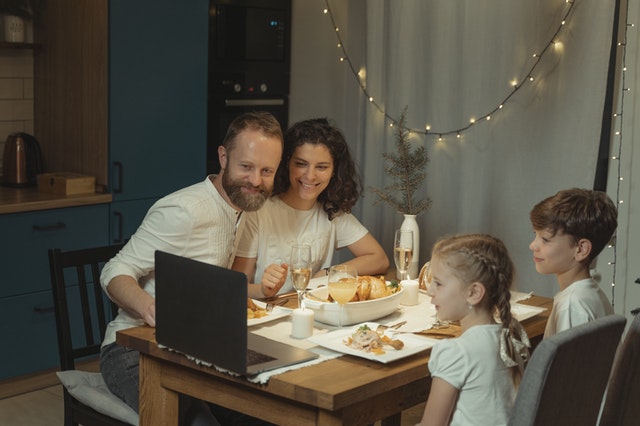Like other holidays in 2020, most of us will celebrate Thanksgiving differently than we have in previous years. Connecticut has limited indoor and outdoor gatherings to 10 people or fewer to help prevent the spread of COVID-19 and also requires those who travel to many other states to quarantine or provide the results of a negative COVID test upon their return.
Proactive school closures
Positive COVID cases have been rising steeply in Connecticut, challenging some schools to continue with in-person learning due to the high number of staff required to quarantine. With fears that transmission rates will only get worse after Thanksgiving, a number of Connecticut schools have already decided to go completely remote from Thanksgiving into early or mid-January.
“We think that being proactive in shutting down the virus is very important,” CEA Executive Director Donald Williams says.
Though the State Department of Education has claimed there is little person-to-person transmission happening in schools, “We question that strongly,” Williams says. “We need more testing of students in schools and not just those who are exhibiting symptoms. We really need a schedule of random testing to catch asymptomatic students.”
He adds, “We do know from scientific data that children with COVID are asymptomatic somewhere between 15%-40% of the time. Right now, only those students who are exhibiting symptoms would be tested.”
Travel quarantine and return to school
Keep in mind that if you travel out of state for the holiday, you may be required to quarantine or obtain a negative COVID test upon your return. This applies to all Connecticut residents, including those under the age of 18.
As of November 10, the majority of U.S. states are on Connecticut’s COVID-19 travel advisory list. Connecticut has exempt travel to New York, New Jersey and Rhode Island from the advisory, and the only other states and territories currently not on the list are Vermont, Hawaii, Washington D.C., and the U.S. Virgin Islands.
Connecticut requires all residents who return from travel to states on the list to self-quarantine for a 14-day period from the time of last contact within the identified state or country. As an alternative to quarantining, a traveler must provide written proof of a negative nucleic acid COVID-19 test (such as the reverse transcriptase polymerase chain reaction “RT-PCR” test) in the 72 hours prior to arrival in Connecticut, or at any time following arrival in Connecticut, to the Commissioner of Public Health via email: [email protected]
Districts can “force” teachers who travel and are in quarantine after Thanksgiving break or are awaiting test results to work remotely, if that work is offered to them by the school district for quarantine purposes. If districts cannot provide a remote work option, which they are not required to provide, then an educator is entitled to take leave under the Families First Coronavirus Response Act.
At-home gatherings
The CDC recommends hosting outdoor rather than indoor gatherings as much as possible, and even outdoors to require guests wear masks when not eating or drinking. If a gathering is held indoors with those who are not part of your household, increase ventilation by opening windows and doors to the extent that is safe and feasible based on the weather, or by placing central air and heating on continuous circulation. Read more guidance from the CDC on holiday celebrations and small gatherings.
“I’ve been concerned that people are not completely understanding how ventilation in the home is different than ventilation in commercial spaces or schools or hospitals,” Dr. Shelly Miller, a professor of mechanical engineering and a ventilation expert at the University of Colorado, Boulder told the New York Times. “I want people to understand that their homes are generally not ventilated. If you have friends over for dinner and someone is infectious, aerosols can build up.”
“Most people feel when they’re in the house with friends, they almost subconsciously let their guard down,” said Dr. Anthony Fauci, director of the National Institute of Allergy and Infectious Diseases. “They don’t realize they’ve come in from multiple cities, spent time in airports. They come to a house where Grandma and Grandpa are, or someone with an underlying condition, and they innocently and inadvertently bring infection into a home. It’s dangerous. You’ve got to be careful.”







